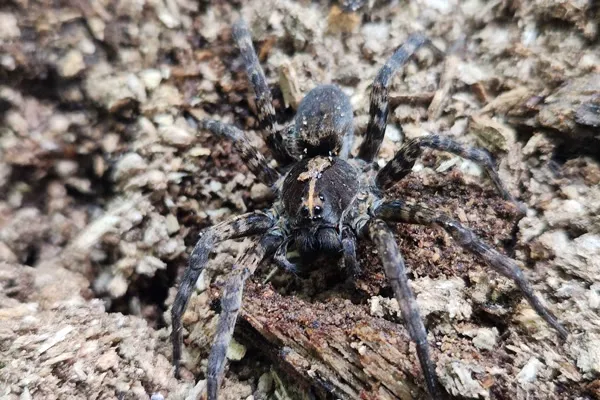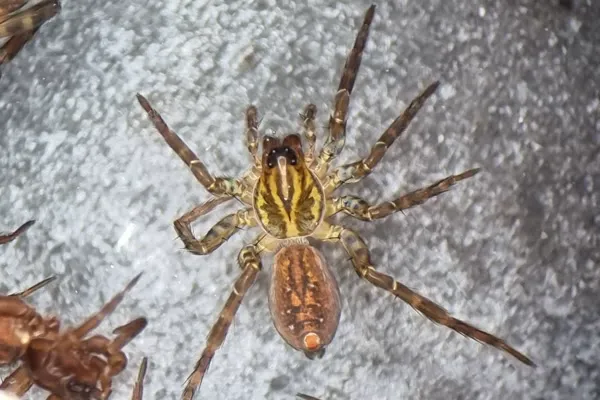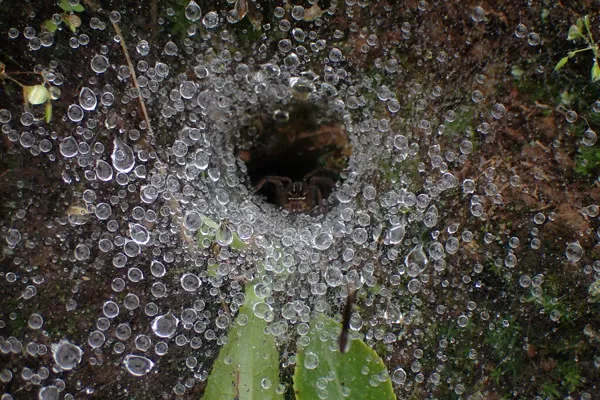Lots of homeowners ask “is a spider a bug” when they spot webs around their home. In everyday talk, we call all creepy-crawlies “bugs.” As a registered pest control technician since 2015, I’ve helped hundreds of customers sort out this mix-up. The short answer? Spiders are not bugs. They belong to a completely different class of animals called arachnids.
Why Homeowners Ask If a Spider Is a Bug
Many people lump spiders, ants, and roaches together as “bugs.” Basically, anything that crawls raises alarm. Especially in wooded, moist areas like Mt. Vernon and Alexandria, spiders build webs fast in eaves and crawl spaces.
At Better Termite & Pest Control, spiders are one of our top service calls. Our team has over 300 years of combined experience handling spider issues across Northern Virginia. I’ve personally seen how quickly spider populations can take over a porch or garage when left unchecked.
From the Field: Mt. Vernon Spider Season
Wooded areas that I have worked in like Mt. Vernon, where there are a lot of trees and moisture, have the highest Northern Virginia spider populations. In my experience, they will typically build up pretty quickly in the eaves of homes. When this happens, the two-pronged approach we use is: (1) remove the current webs with a device called a webster, and (2) use a non-repellent as a perimeter treatment along the foundation.
What Scientists Mean by “Bug”
In entomology, a bug is a specific insect in the order true bugs (Hemiptera). They have piercing-sucking mouthparts and often a distinctive wing layout. Examples include stink bugs, boxelder bugs, and cicadas.
When scientists say “bug,” they mean something very specific. But in everyday language, people use “bug” for almost any small crawling creature. This is why the confusion happens.
What the Research Says About Arachnids
According to research from the Smithsonian, spiders and insects diverged evolutionarily over 500 million years ago. Arachnids (spiders, scorpions, ticks, and mites) form their own class separate from insects. This means spiders are more closely related to scorpions than to ants or beetles.
Key Differences: Arachnids vs Insects
Spiders belong to Class Arachnida, while insects sit in Class Insecta. These groups split over 500 million years ago. Today, they play very different roles in yards and homes.
Here’s a quick comparison table:
| Feature | Spiders (Arachnids) | Insects (Including True Bugs) |
|---|---|---|
| Body segments | 2 (cephalothorax + abdomen) | 3 (head, thorax, abdomen) |
| Legs | 8 legs | 6 legs |
| Antennae | None | Yes |
| Wings | Never | Often present |
| Eyes | Usually 8 simple eyes | Compound eyes |
| Mouthparts | Fangs with venom | Varies (mandibles, piercing-sucking) |
| Silk production | Yes (spinnerets) | No |
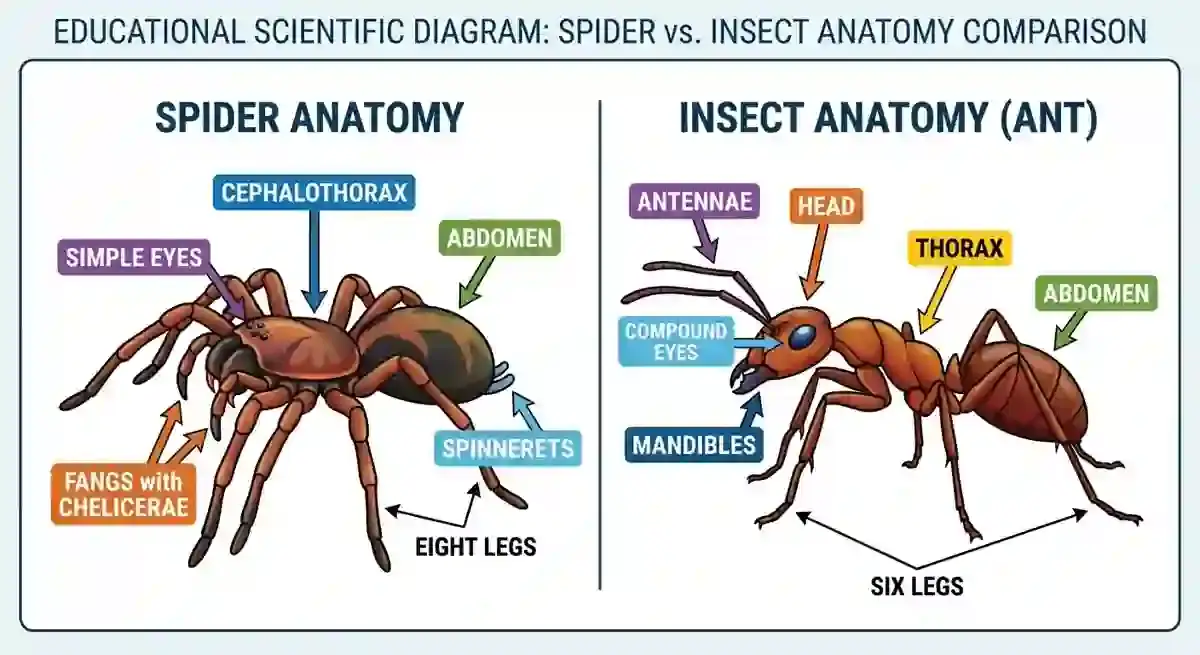
Spider Anatomy: How Spiders Differ from Bugs
Spiders and insects look similar at first glance. But key features set them apart. Understanding these differences helps you identify what you’re dealing with in your home.
Spider characteristics:
- Body segments: Two parts (cephalothorax and abdomen)
- Legs: Eight legs in four pairs
- Antennae: None on spiders
- Wings: Spiders never have wings
- Mouthparts: Fangs with venom, plus spinnerets for silk
Insect characteristics:
- Body segments: Three parts (head, thorax, abdomen)
- Legs: Six legs in three pairs
- Antennae: Usually present
- Wings: Many insects have wings
- Mouthparts: Varies by species
For more on insect body regions, check this guide from Purdue Extension.
Taxonomy Simplified: Where Spiders Fit in Nature
Here’s a quick look at how spiders and insects fit in nature’s tree:
- Kingdom Animalia (all animals)
- Phylum Arthropoda (jointed legs, exoskeleton)
- Subphylum Chelicerata → Class Arachnida (spiders, scorpions, ticks)
- Subphylum Mandibulata → Class Insecta (insects, including true bugs)
- Phylum Arthropoda (jointed legs, exoskeleton)
This shows spiders and insects are distant cousins, not close relatives. They share an ancestor from over 500 million years ago, but have evolved in very different directions since then.
Common Spiders in Northern Virginia
In the DMV area, spider numbers peak in late summer and fall. According to common Maryland spiders from University of Maryland Extension, these species thrive in our region:
Wolf spiders are ground hunters that don’t build webs. They’re large and fast, which often alarms homeowners. However, they’re not aggressive and rarely bite unless provoked.
House spiders build messy cobwebs in corners, basements, and attics. They prefer dark, undisturbed areas. These are the most common indoor spiders in our area.
Orb-weavers create the classic circular webs you see in gardens and on porches. They love eaves and porch corners where flying insects are abundant.
Everyday Use: Why We Call Spiders Bugs
Way back, “bug” became a catch-all for small critters. Media and marketing kept that trend alive. So when someone asks “is a spider a bug,” they usually mean any six- or eight-legged pest.
This matters for pest control because treatments for insects don’t always work on spiders. The biology is different. The behavior is different. And the approach needs to be different.
How We Handle Spider Control (It’s Different from Bugs)
When folks ask if spider control comes with bug services, I explain our two-pronged approach. This method has worked well for our company over 57 years in business.
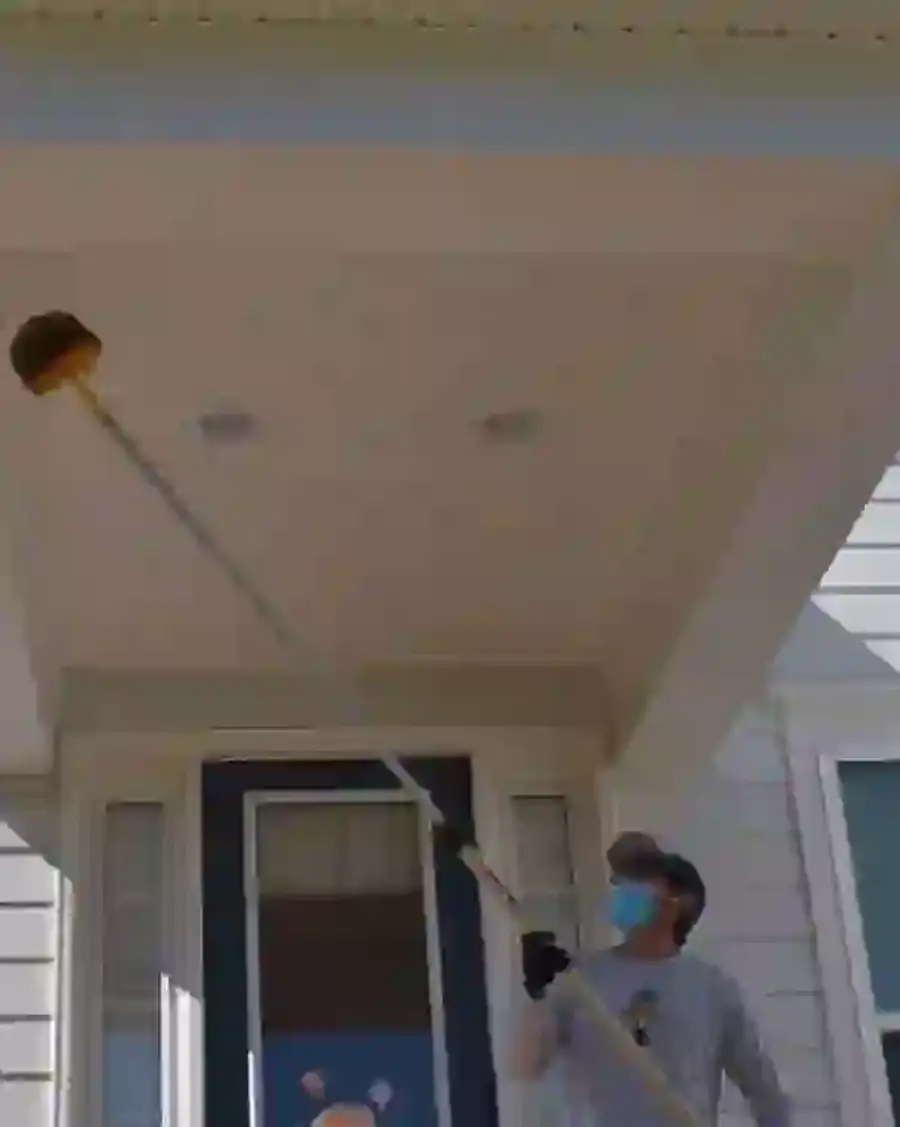
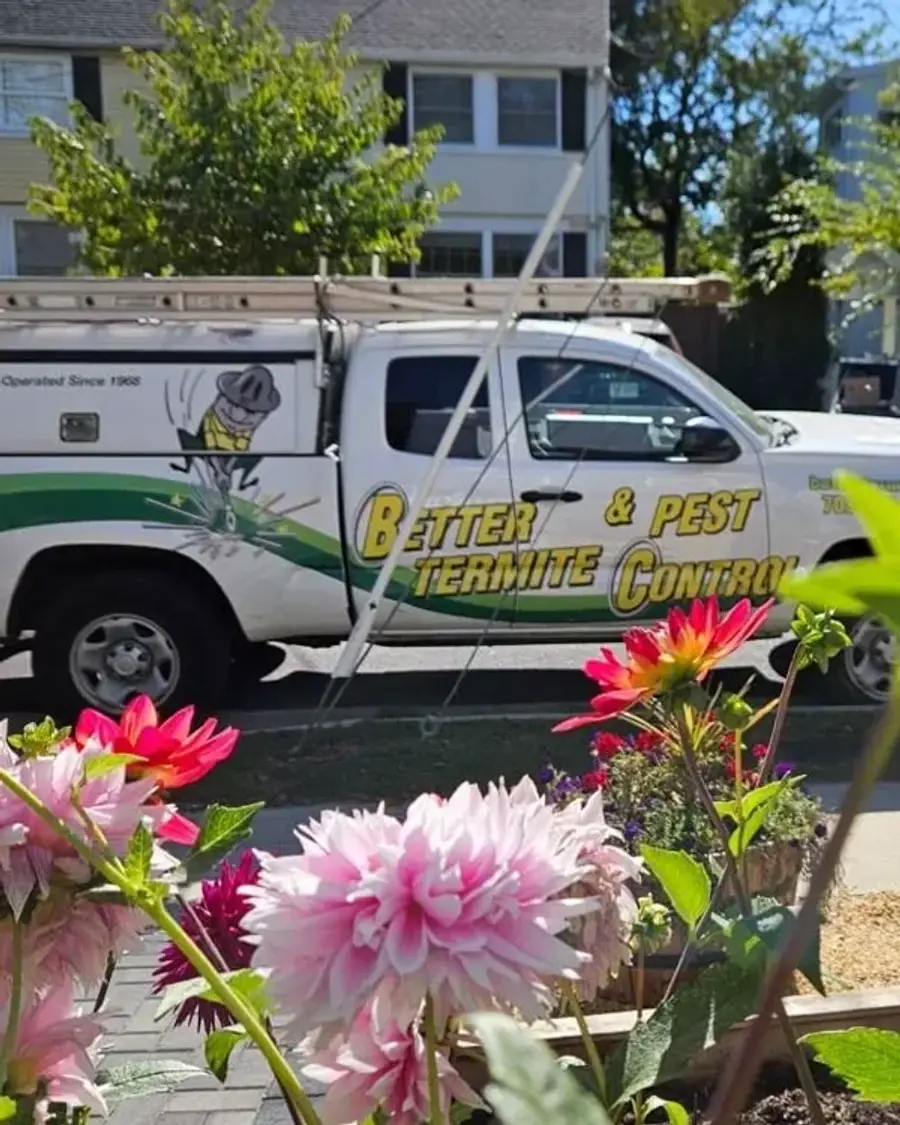
Step 1: Remove existing webs First, we remove webs with a tool called a webster. This is a specialized brush on an extension pole that reaches high eaves and corners. Removing webs disrupts the spider’s habitat and removes egg sacs before they hatch.
Step 2: Apply non-repellent treatment Then, we treat the foundation perimeter with a non-repellent product. All the products we use are EPA registered and have passed through our internal research team. Each product is one we would feel comfortable using in our own homes. Our registered technicians apply these treatments strategically at entry points.
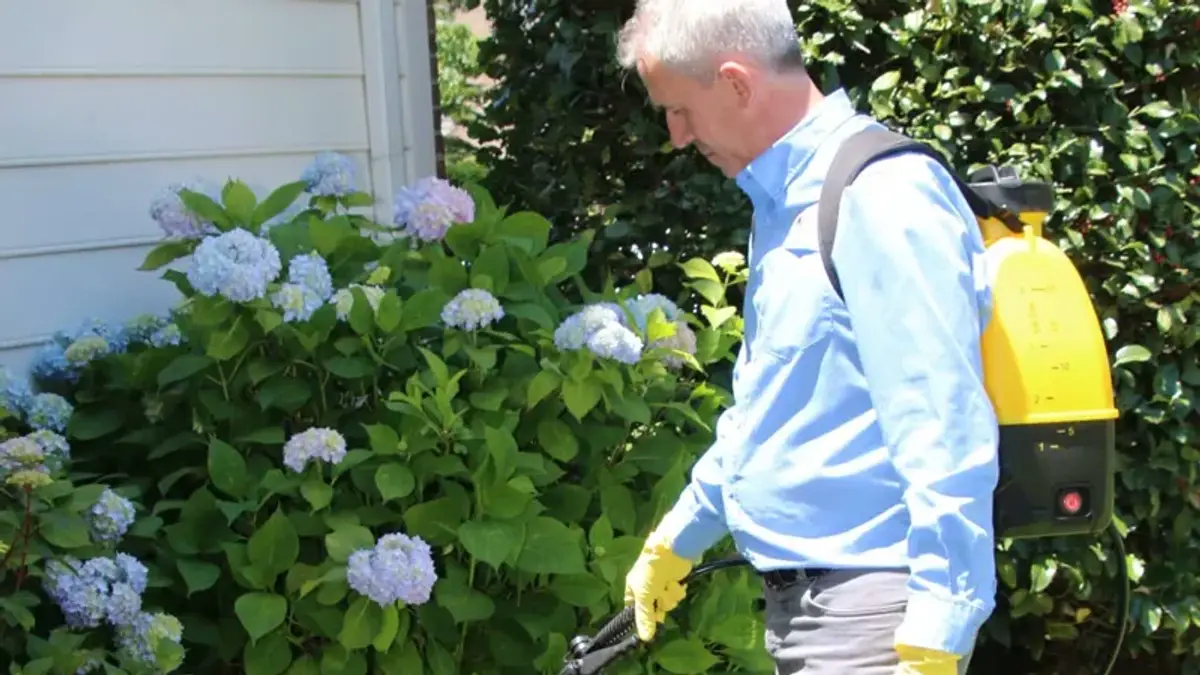
Why Non-Repellent Products Work Better for Spiders
Regular insect sprays often use repellents that spiders can detect and avoid. Non-repellent products are undetectable to spiders. When a spider walks through a treated area, it picks up the product and carries it back to harborage areas. This approach gives much better results than standard contact sprays.
Myth Busting: Bug Treatments vs Spider Treatments
Important: Bug Treatments Don't Always Work on Spiders
Insect sprays often miss spiders because arachnids don’t bite or feed like insects. Spiders don’t groom themselves the same way, and they walk on the tips of their legs, which reduces contact with treated surfaces. For harsh-looking species, we follow guidance on medically important spiders from Virginia Tech. Then we spot-treat corners and entry points. That mix of mechanical web removal and targeted spray works best.
Here’s why standard bug sprays often fail on spiders:
| Issue | Why It Matters |
|---|---|
| Spiders walk on leg tips | Less body contact with treated surfaces |
| No grooming behavior | Don’t ingest products like insects do |
| Predators, not foragers | Don’t walk through bait stations |
| Detect repellents | Will avoid treated areas if they can sense them |
This is why our two-step approach—physical removal plus non-repellent treatment—works so much better than spraying alone.
Prevention Tips for Spiders and Bugs
When to Call a Professional
Most spiders in Northern Virginia are harmless. However, you should call a professional if you notice:
- Heavy webbing in eaves, corners, or foundation gaps
- Black widows in basements, sheds, or woodpiles (identifiable by the red hourglass marking)
- Large numbers of spiders inside the home
- Spiders in sensitive areas like nurseries or bedrooms
- Recurring infestations despite DIY efforts
Our team of registered technicians can identify the spider species, locate harborage areas, and create a treatment plan that actually works. With over 1,000 five-star reviews, we’ve helped thousands of Northern Virginia homeowners get spider problems under control.
Conclusion
Now you know that when someone asks is a spider a bug, the answer is no. Spiders are arachnids, a separate class from true bugs and insects. Understanding this helps you choose the right treatment and appreciate spiders’ role in controlling unwelcome insects.
If spiders have taken over your eaves, porch, or crawl space, don’t rely on standard bug spray. Our two-step approach—dewebbing plus non-repellent perimeter treatment—delivers results that last. Call us at 703-683-2000 or email info@bettertermite.com to schedule a free inspection.
Frequently Asked Questions
Are spiders considered bugs?
+
In everyday language, yes. But scientifically, spiders are **arachnids**, not true bugs in Hemiptera.
What makes a true bug different from a spider?
+
True bugs have three body segments, six legs, antennae, and piercing-sucking mouthparts. Spiders have two main parts, eight legs, fangs, and spinnerets.
How can you tell if something is an insect or a spider?
+
Count the legs: six legs means insect, eight means spider. Check for antennae (insects) or spinnerets (spiders).
Do treatments for bugs work on spiders?
+
Most insect sprays target chewing or sucking pests and may not affect spiders. Our two-step spider control uses web removal plus non-repellent sprays for better results.
Why do people call spiders bugs?
+
The term "bug" went from a technical term for Hemiptera to a slang word for any small creature. Marketing and media kept that broad use alive.
Are spiders beneficial for pest control?
+
Yes. Spiders eat hundreds of millions of insects every year. They help keep flies, mosquitoes, and other pests in check.
When should I call a pest control professional for spiders?
+
If you see heavy webbing in eaves, corners, or foundation gaps, or if you find a black widow in basements or sheds, call us. Our registered technicians know how to handle them with care.
How often should I schedule spider treatments?
+
We recommend quarterly visits to maintain the barrier and remove new webs. Under The Better Promise, you get unlimited callbacks until the issue meets your needs.
What spiders are most common in Northern Virginia?
+
Wolf spiders, house spiders, and orb-weavers are the most common in the DC metro area. They thrive in moist, wooded areas like Mt. Vernon and Alexandria.
Can spiders come inside through foundation cracks?
+
Yes. Spiders often enter homes through small gaps around doors, windows, and foundation cracks. Sealing these entry points is a key part of spider prevention.
With five years of hands-on experience in the pest control industry, George Schulz is a registered technician with the Virginia Pest Management Association and a proud third-generation professional in a family business that's been protecting homes for over 57 years. He manages and trains a team of service pros while also leading internal research efforts—recently spearheading a deep-dive review of thousands of documents on pest control materials to hand-pick the most kid and pet friendly, most effective solutions tailored specifically for homes in the DC metro area.

